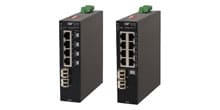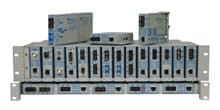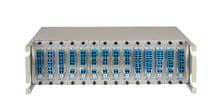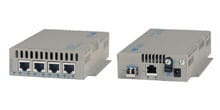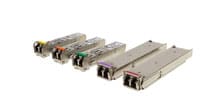The healthcare industry is undergoing a rapid digital transformation. According to Deloitte, over 60% of hospitals in the United States have already invested in Internet of Things (IoT) technologies to improve patient monitoring, streamline workflows, and enhance outcomes. But here’s the catch: when IoT networks fail, patient safety is at risk. Even a few minutes of downtime can disrupt critical medical devices and compromise care.
Main Menu
Useful Links
Contact us
Follow us
© 2025 Omnitron Systems Technology, Inc. All Rights Reserved. | Privacy Policy


